Brief Introduction of FTTH
What is FTTX?
FTTX is a general term for various application types of broadband optical access networks, "X" has a variety of variants, such as fiber-to-the-building (FTTB), fiber-to-the-handover box (FTTCab), fiber-to-desktop (FTTD), fiber-to-the-office(FTTO), fiber-to-the-home (FTTH) and so on.
What is FTTH?
FTTH is short for Fiber to the Home, which is a transmission mode of optical fiber communication. As the name suggests, it directly connects optical fiber to the user terminal.
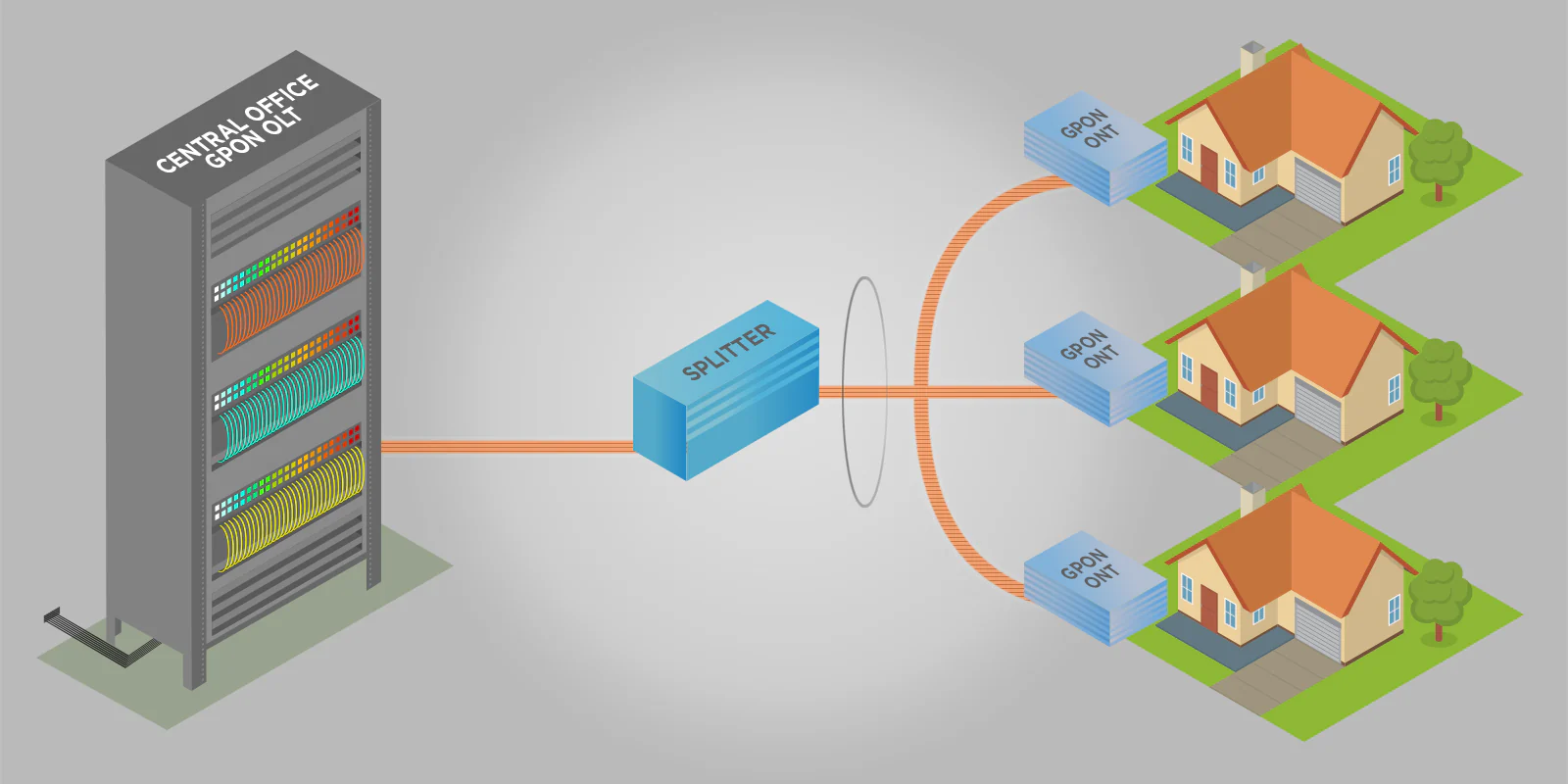
What is typical structure of FTTH?
The typical network structure of FTTH is shown as below. Depending on the user's different business requirements and home wire conditions, the home network can use different home networking modes: wire mode and wire +wireless AP access mode, then voice, broadband data, IPTV, WLAN and other services can be configured easily and flexibly.

Advantages of FTTH
1. Passive Network: From the local end to the user, it can basically be passive. That helps reduces signal attenuation and electromagnetic interference.
2. Wide bandwidth: Long-distance transmission is quite sutiable for large-scale operation of operators and can support high-speed data transmission.
3. Flexible protocols: Due to the wide bandwidth, the supported protocols are also flexible. So it can adapt to different network requirements.
4. Low cost: With the upgrading of technology, the cost of FTTH has been greatly reduced.
Technological Development of FTTH
As an access technology, FTTH has been recognized and its technology has matured. There are two common fiber access technologies for FTTH, which are P2P (point-to-point technology) and P2MP (Point to multi-point communication, often called by PON,)
P2P is a peer-to-peer network technology that allows two users without a public IP address to communicate directly. It is a Ethernet System.
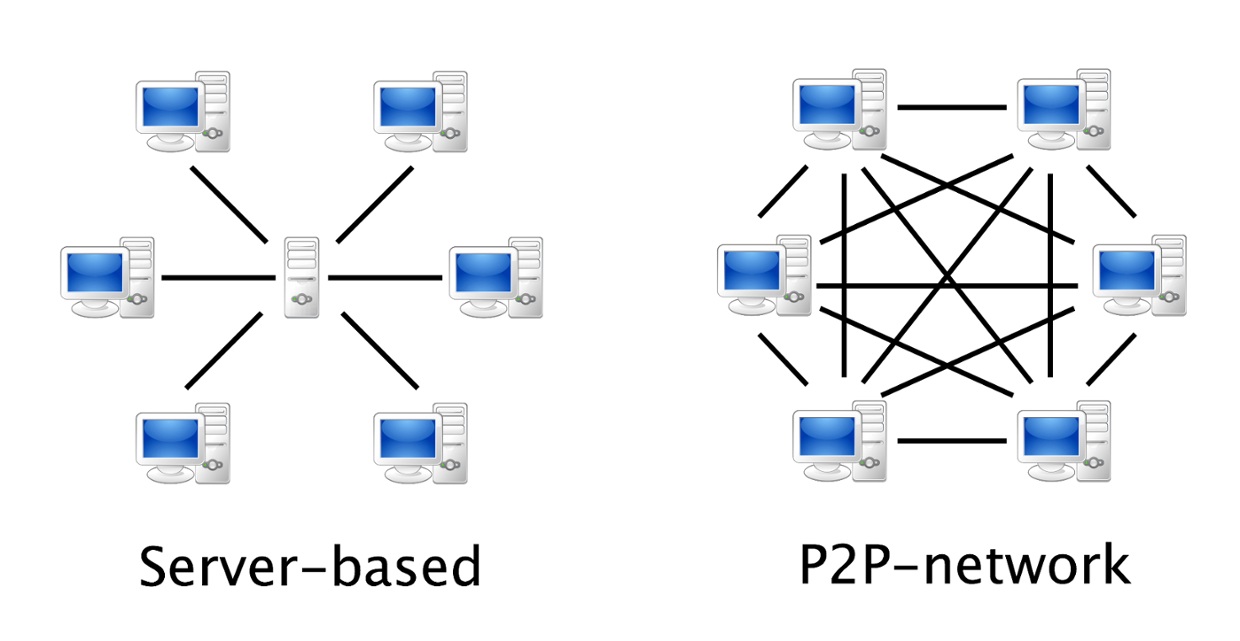
PON is a passive optical network, which means there is not any active equipment but only optical fiber and passive components in the ODN (Optical Distribution Network) between OLT (Optical Line Terminal) and ONU (Optical Network Unit). PON mainly adopts point-to-multi-point network structure, which is the main technology to achieve FTTB/FTTH.
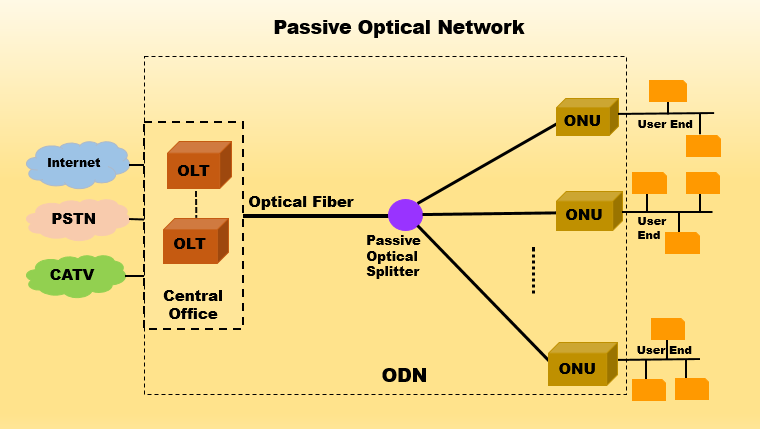
PON technology can be divided into narrowband PON technology for narrowband TDM access and ATM-based BPON (APON) for broadband access, EPON technology based on Ethernet packet transmission, and GPON technology integrates ATM/Ethernet/TDM. All three are PON technologies that have been commercially implemented for FTTX.

The explanations of some common words
FTTH(Fiber to the Home)
FTTB (Fiber to the Building)
FTTO (Fiber to the Office)
FTTC (Fiber to the Curb)
ODN (Optical Distribution Network)
OLT (Optical Line Terminal)
ONT (Optical Network Terminator)
ONU (Optical Network Unit)
PON (Passive Optical Network)
EPON (Ethernet Passive Optical Network)
GPON (Gigabit-capable Passive Optical Network)
NT (Network Terminator)
P2MP (Point to Multipoint)
CO (Center Office)

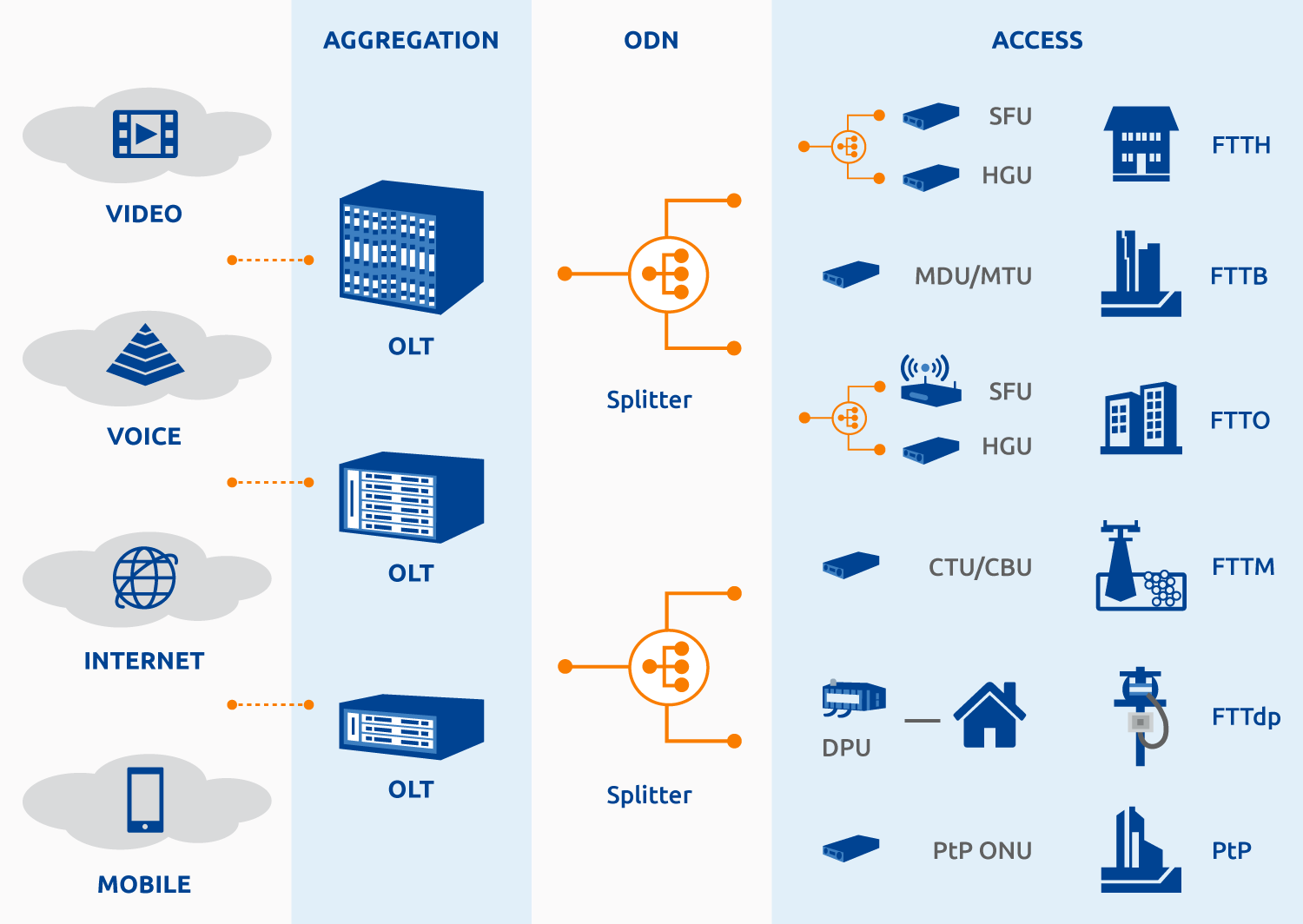

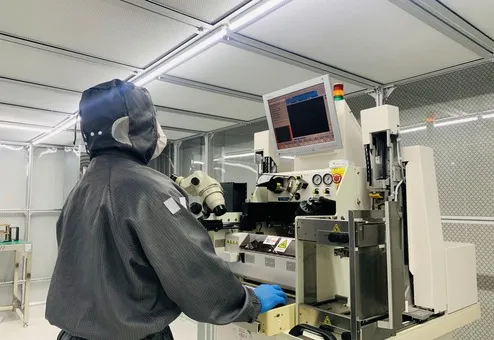


 Guanglong S&T Zone, No.8 High-tech Industry Park Chaoyang Road, Guilin ,Guangxi, China
Guanglong S&T Zone, No.8 High-tech Industry Park Chaoyang Road, Guilin ,Guangxi, China  +86-133-4600-8527
+86-133-4600-8527  alan.shizz@glsun.com
alan.shizz@glsun.com